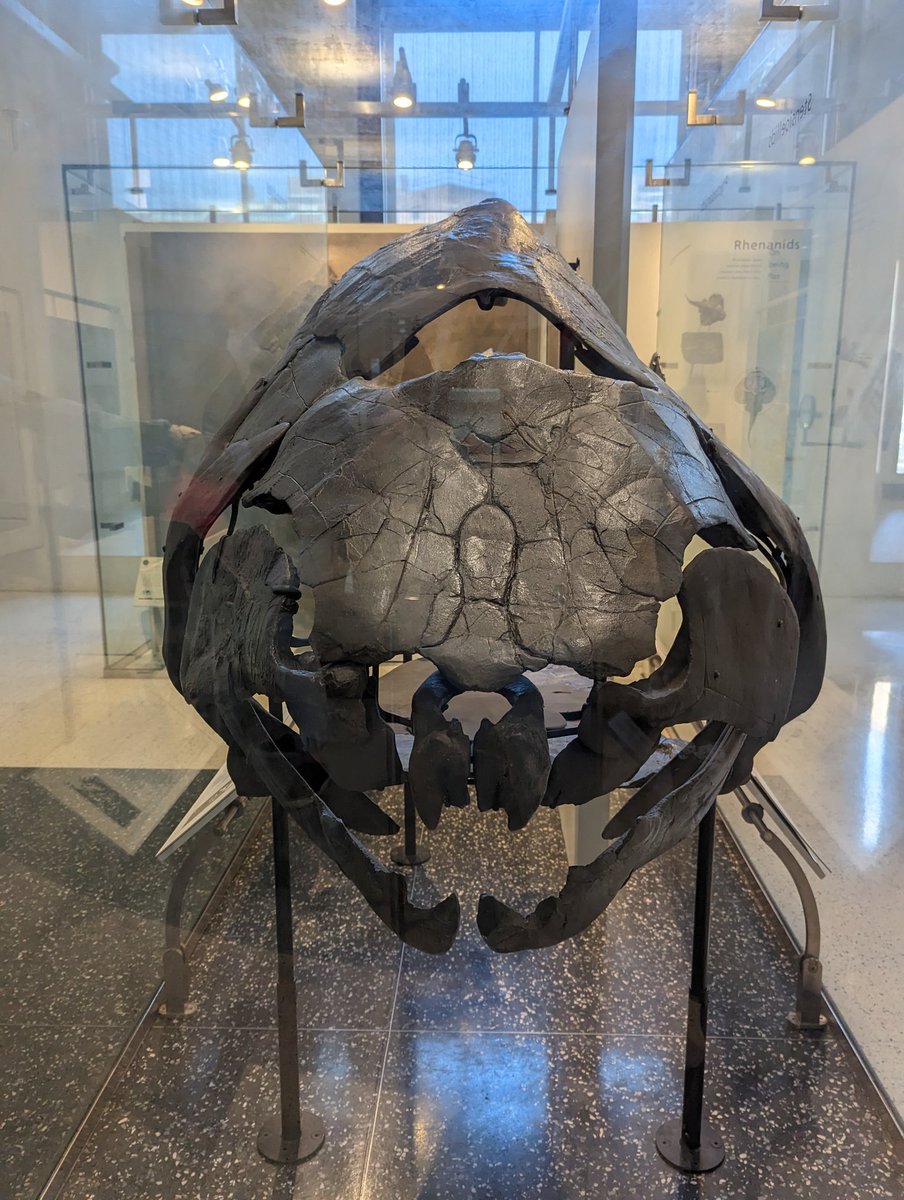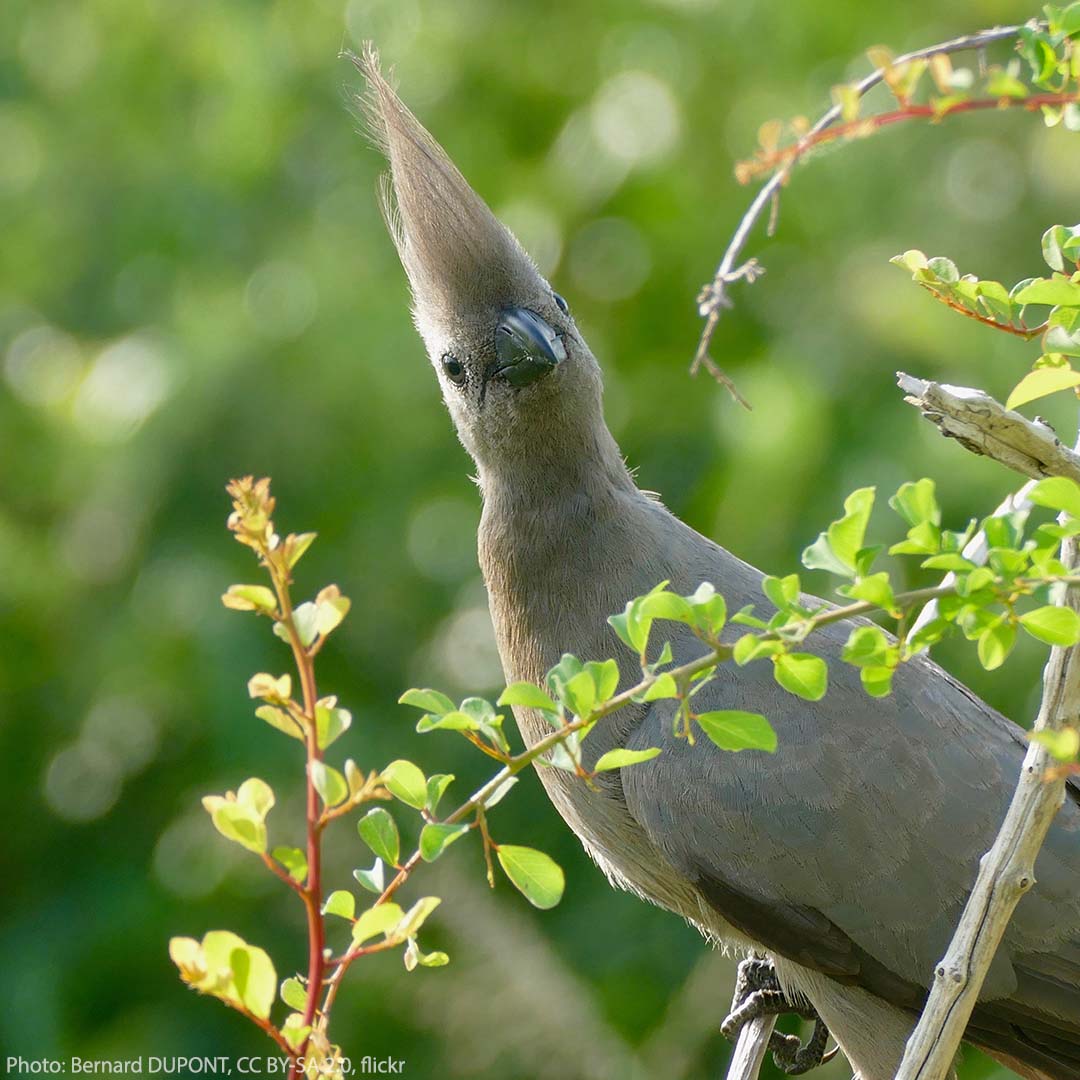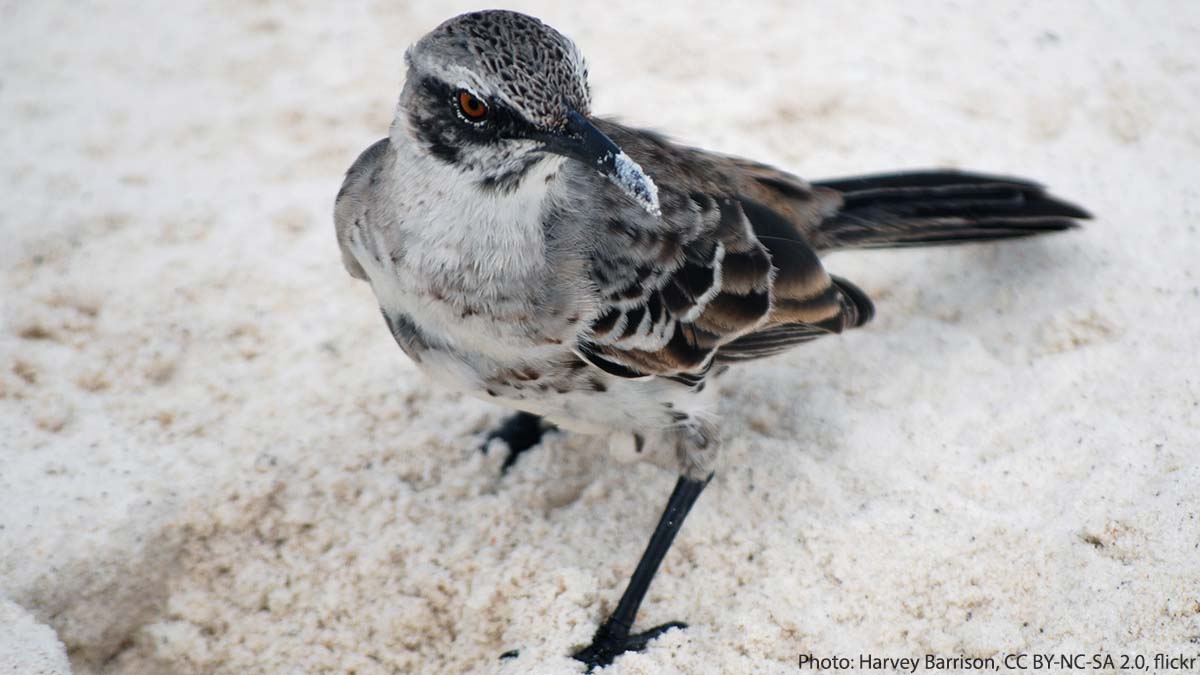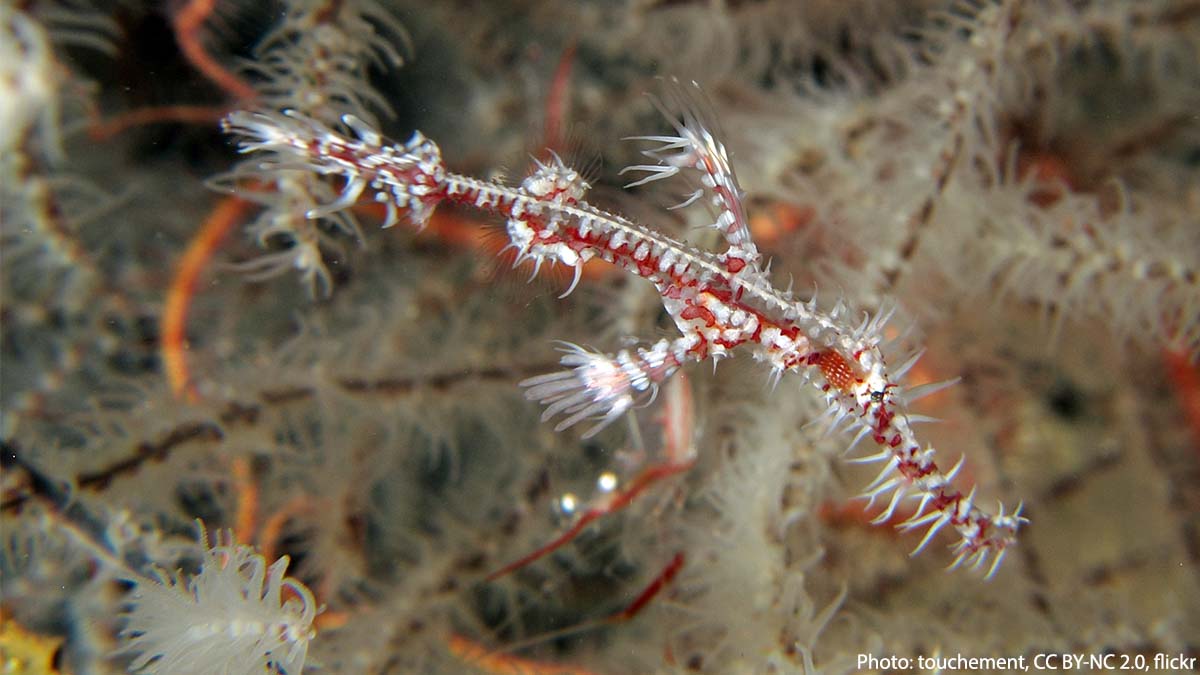
American Museum of Natural History
@AMNH
The American Museum of Natural History is one of the world's preeminent scientific and cultural institutions.
ID:16630098
http://www.amnh.org/ 07-10-2008 14:17:14
24,1K Tweets
513,8K Followers
928 Following






Éste #FossilFriday es especial para éste fin de semana de halloween 🎃. Un #dunkleosteus en el American Museum of Natural History


Peek inside the cavernous American Museum of Natural History (American Museum of Natural History) expansion bit.ly/3SJT08H

with cavernous and organic architecture by studiogang, the american museum of natural history American Museum of Natural History takes shape in new york. designboom.com/architecture/s…



Check out this early look at the new Gilder Center American Museum of Natural History on Spectrum News NY1 it opens in February designed by studiogang #science #architecture #UWS #NYC


📣The countdown begins! The Richard Gilder Center for Science, Education, and Innovation at the American Museum of Natural History opens in 112 days.
🌟Learn more about the Gilder Center, designed by studiogang, opening on February 17, 2023, here: bit.ly/3W7ggR2




Last night was another research session in the Hayden planetarium. We worked on ensuring software tool synergy (between Glue, OpenSpace and AAS WorldWide Telescope) and then flew around the local 3D Milky Way discovering and defining evidence for star formation. So fun. American Museum of Natural History











